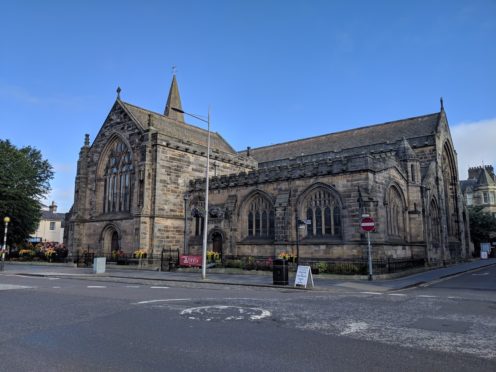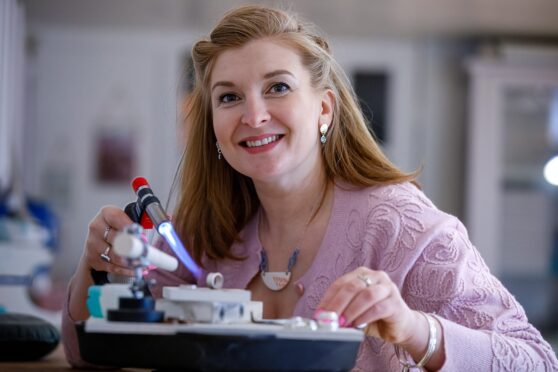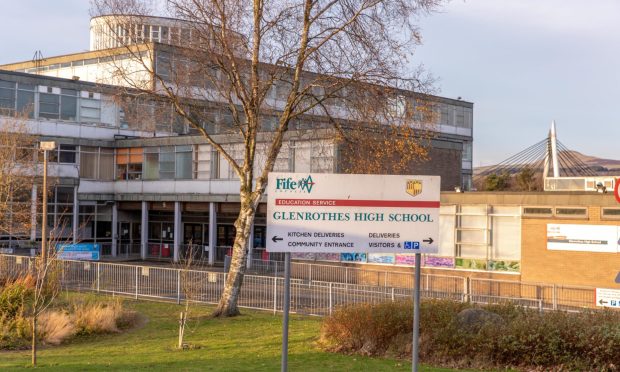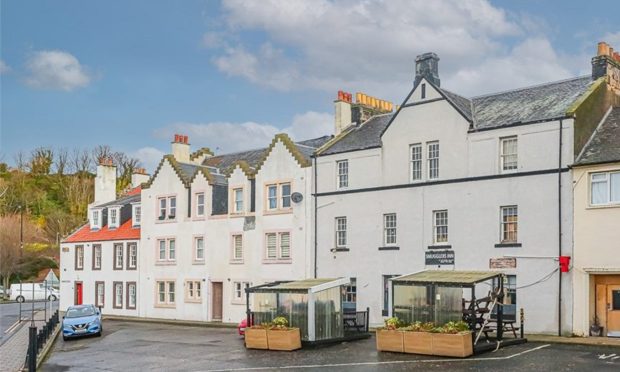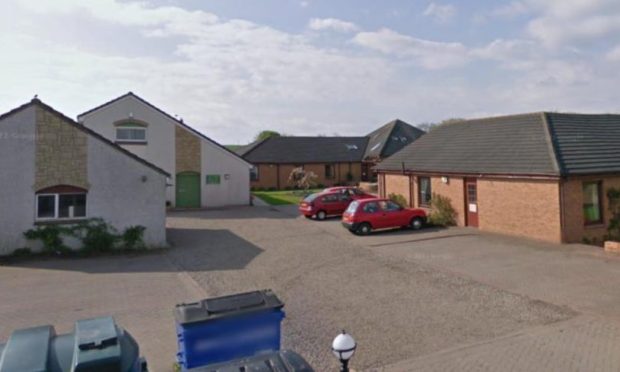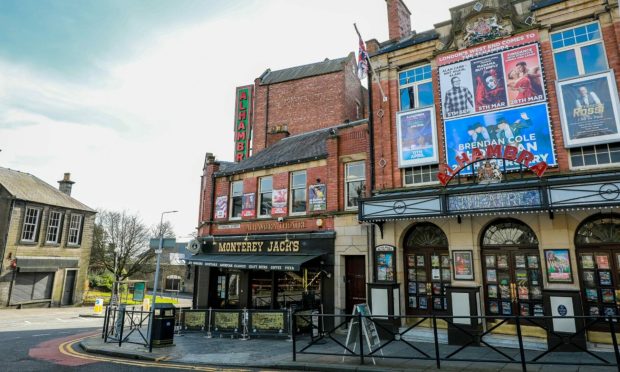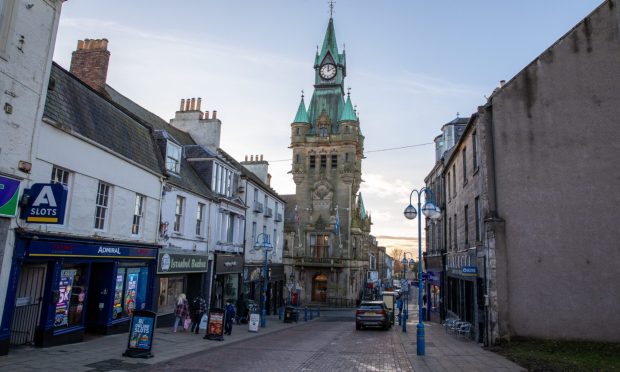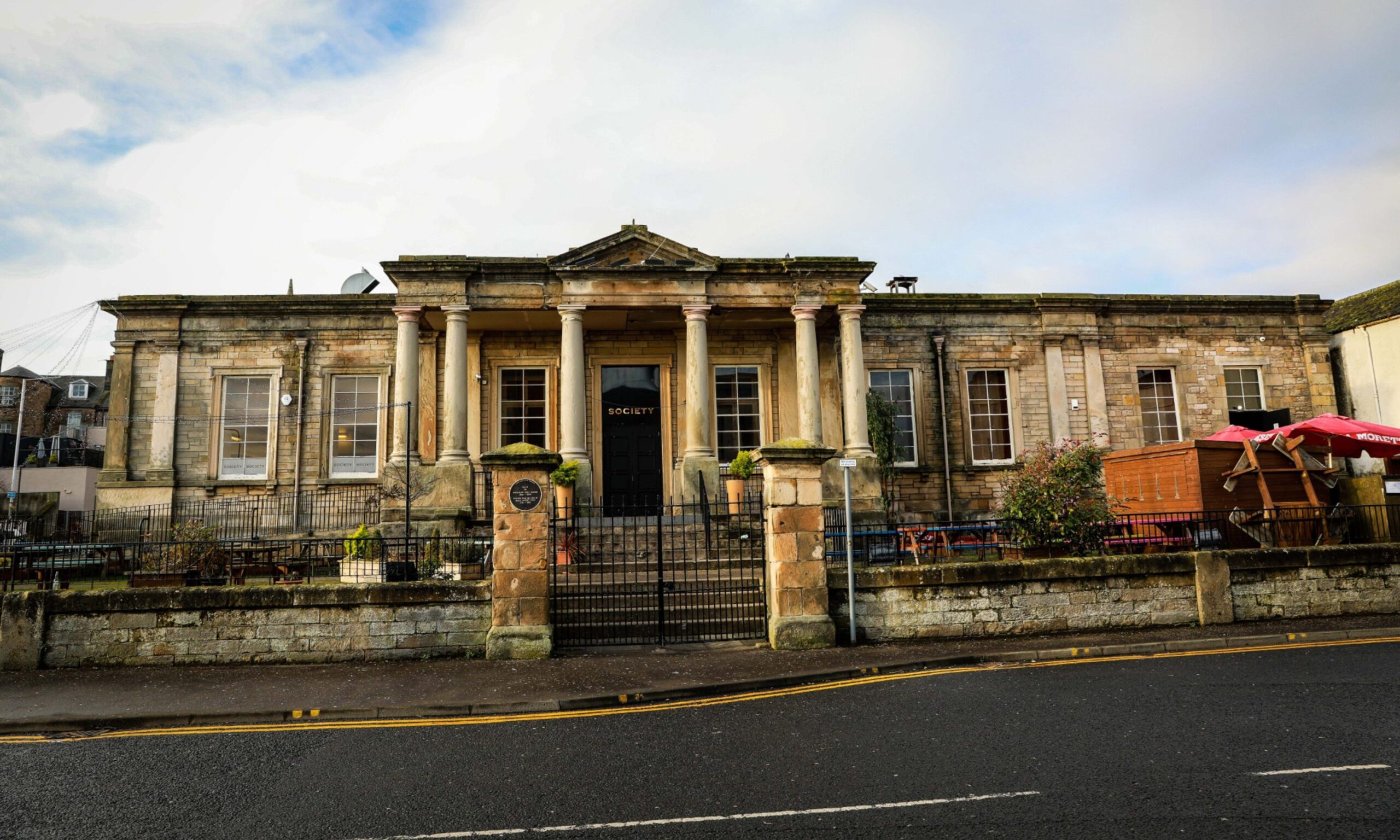One of the most important presbyterian places of worship in Scotland is likely to close within two to five years because it is seen by the Kirk as “surplus to requirements”, The Courier can reveal.
Kirk session and members of Holy Trinity Church in St Andrews were delivered the bombshell news about the “toun kirk” – regarded as the “cradle of the Reformation” – when Kirk HQ buildings committee members from Edinburgh visited with local interim moderator, John Duncan of St Athernase Church, Leuchars.
Rumours of the church’s potential closure in the centre of St Andrews have been circulating for years amid falling numbers of worshippers.
However, first definitive news of the Kirk’s conclusions came last month with a follow-up meeting of the Kirk Session last week giving the public the chance to question the decision for the first time.
It’s understood there is an appeals process. But a Holy Trinity Church St Andrews source told The Courier that since the Kirk won’t permit the upgrading of the toilets there seems “little hope of a reprieve”.
Closure could come within as little as two years but with a maximum of five years.
“I don’t have to tell you about the sorry history of Church of Scotland closures and ‘redevelopments’ in recent years, but given the Kirk’s unerring ability to pluck catastrophe from the jaws of difficulty the plan to close the church where John Knox preached his first public sermon of the Reformation in 1547 is surely a PR disaster in the making,” a prominent Holy Trinity churchgoer told The Courier.
Kirk authorities have refused to allow Holy Trinity to upgrade its toilets to modern standards with invalid access – despite the fact that the congregation is prepared to pay for the upgrading from its own coffers, the Holy Trinity Church source said.
“Now the Kirk quotes lack of upgraded toilets as one of the reasons Holy Trinity is redundant to requirements, rather than say Hope Park or St Leonards,” the source added.
“Equally bizarrely the experts from Kirk HQ in George Street claim that if the A-listed building goes on the open market there can be no clauses allowing regular worship to continue in any part of the church.
“In other words the efforts of the congregation to find other uses for the church while allowing part of it still to be used for worship are apparently illegal.
“This is a massive kick in the teeth for a group of senior elders who have travelled throughout Scotland looking at how other churches have continued to function, albeit in reduced circumstances.
“It seems to me that the public at large should be made aware of this proposal before it is too late to do anything about it.”
The source said the Kirk building experts at the meeting claimed that they were not in the business of preserving buildings but were more interested in Mission.
The source added that this was despite the fact they have recently re-furbished the Tron Kirk in Glasgow which no longer has a congregation at all.
“My response would be – to know where you’re going you must first know where you’ve come from,” the source said.
“Would the thousands of pilgrims who travel to Santiago de Compastella each year make the journey without the great cathedral at its end?
“You could say the same about St Paul’s or Westminster Abbey or St Peter’s in Rome for that matter.
“If buildings are of no importance why not turn the aforementioned into bingo halls or wine bars? Makes sense if economics are the only criterion, surely!”
Contacted by The Courier, a Church of Scotland spokesperson said: “As part of the ongoing presbytery reform plans, the Church of Scotland’s General Trustees made the decision that in the long term the Holy Trinity Church building in St Andrews would no longer be required.
“The congregation of Holy Trinity Church in St Andrews were made aware of this decision on Sunday February 16.
“The church’s Kirk Session are currently in discussion as to whether to pursue transition ministry in an interim period, which would mean the building would be retained for worship use for up to five years.
“They may make a decision at the next Kirk Session meeting on Tuesday March 31.
“If the Kirk Session does not agree to a period of transition ministry, the Presbytery of St Andrews will decide whether to form a union or dissolution.”
HISTORY OF ST ANDREWS HOLY TRINITY CHURCH
The St Andrews Church of the Holy Trinity dates back to 1144, even more venerable than the cathedral itself, which wasn’t started until 1158, making St Andrews the ecclesiastical capital of Scotland for the next four centuries.
Holy Trinity moved to its present site in South Street in 1410, the same year the university was granted its papal bull.
Although it has been built on over the centuries much of the original still remains, including the bell tower.
The pulpit where Knox, a St Andrews graduate, first preached the Reformation is now in the university’s St Salvator’s church, but it originally stood in the Holy Trinity.
Indeed, it was from the Holy Trinity that Knox preached his incendiary call to destroy the cathedral and thus dislodge Roman Catholicism as Scotland’s primary religion. Holy Trinity was literally the cradle of the Reformation and has been a place of worship in its present site for the last six centuries.
However, in recent times falling numbers of worshippers have taken their toll.
As ‘toun kirk’ it seats some 700 and occupies a prominent position in the centre of the town. But the congregation has slumped to around 400, barely 100 of whom regularly attend worship.
Recently, however, it has been going through something of a revival, with an enthusiastic younger members’ service preceding the main Sunday worship.
Additionally, it’s understood a fairly large deficit has now been wiped out.
The church organ, arguably one of the finest in Scotland, was recently refurbished at a cost of some £50,000 by public subscription.
